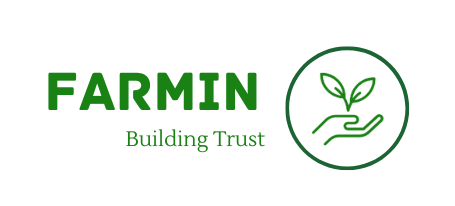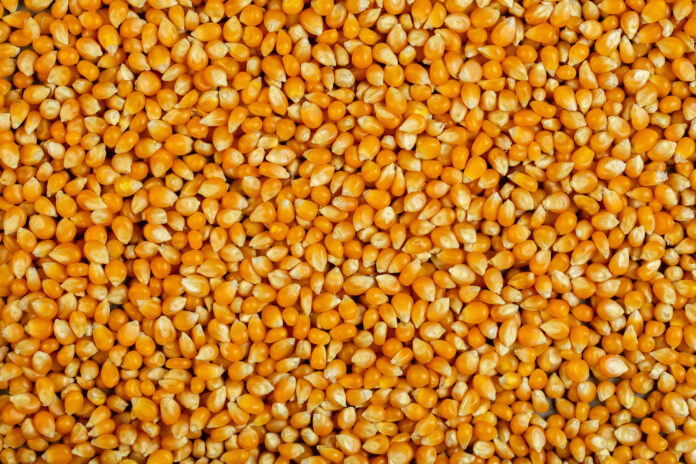Corn, also known as maize, is a versatile and vital cereal grain that has played a significant role in human history and continues to be a staple food for millions worldwide. From its humble beginnings in ancient Mexico to its modern-day ubiquity, corn’s journey is as fascinating as its diverse uses. Let’s delve into the world of corn, exploring its history, cultivation, varieties, and impact on the world.
A Storied Past:
- Domesticated around 9,000 years ago in southern Mexico, corn was central to the development of Mesoamerican civilizations like the Aztecs and Mayans.
- It was revered as a sacred food and played a crucial role in their mythology and rituals.
- Corn’s spread throughout the Americas and beyond, becoming a cornerstone of global agriculture.
Cultivating Corn:
- Today, corn is grown on over 170 million hectares worldwide, making it the most cultivated cereal grain.
- The United States, China, and Brazil are the top producers, accounting for nearly half of global corn production.
- Corn thrives in warm and temperate climates, requiring ample sunlight and moisture.
- The growing season typically lasts about three to four months, with harvesting occurring in late summer or early fall.
A Rainbow of Varieties:
- While yellow corn is the most common, over 2,000 corn varieties exist, each with distinct characteristics and uses.
- Sweet corn, with its sugary taste, is enjoyed fresh or canned.
- Dent corn, with its indented kernels, is primarily used for animal feed and industrial products like cornmeal and ethanol.
- Flint corn, with its hard kernels, is used for making corn flour and tortillas.
- Popcorn, with its unique ability to expand under heat, is a beloved snack.
Nutritional Powerhouse:
- Corn is a good source of fiber, vitamins, and minerals, making it a valuable dietary addition.
- Yellow corn is rich in lutein and zeaxanthin, antioxidants beneficial for eye health.
- Corn is also a versatile ingredient in countless dishes, from soups and salads to stews and stir-fries.
Beyond the Cob:
- Corn’s uses extend far beyond food.
- Cornstarch is used in various industrial applications, from textiles to pharmaceuticals.
- Corn-based ethanol is a biofuel alternative to gasoline.
- Corncobs can be used as fuel or compost.
The Future of Corn:
- As the world population grows, corn’s importance as a food source and industrial material is expected to increase.
- Research is ongoing to develop new corn varieties with improved yields, disease resistance, and nutritional value.
- Sustainable farming practices are crucial to ensure corn production meets future demands while protecting the environment.


